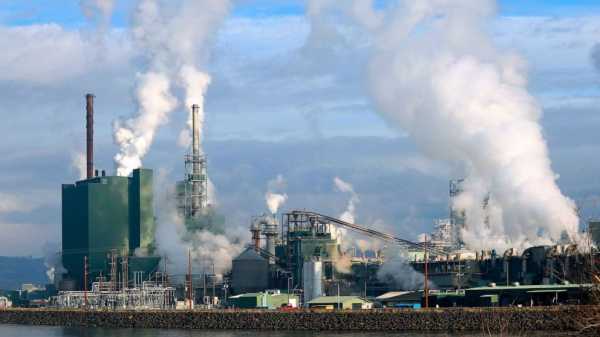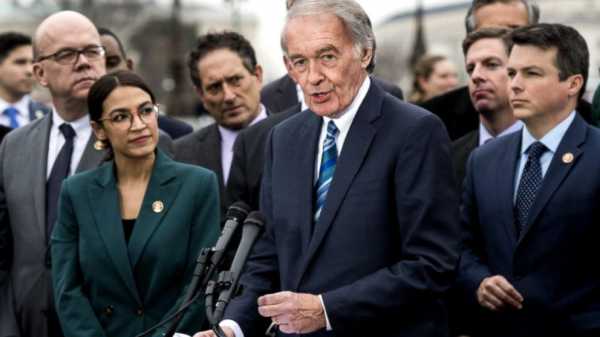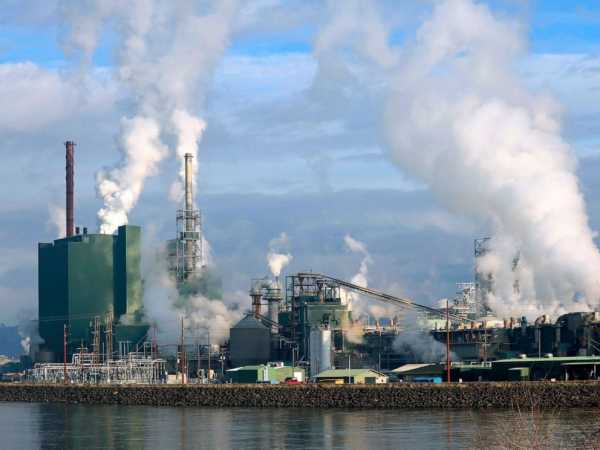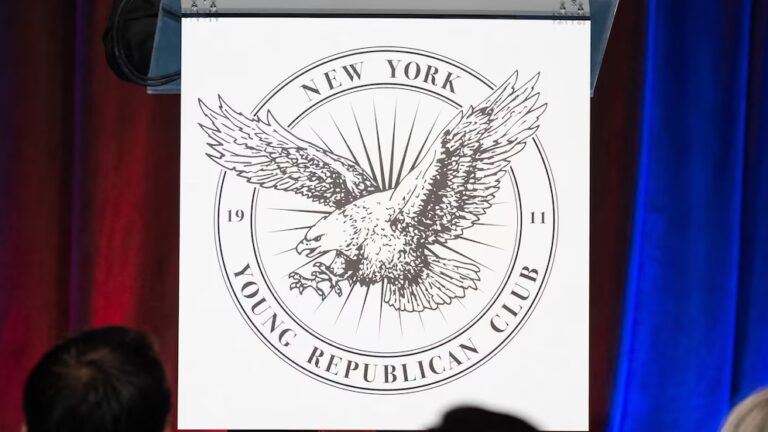
Because of the amount of greenhouse gases they contribute much of the conversation around climate change has been about how to eliminate or reduce reliance on fossil fuels or drastically reduce emissions from energy sources by transitioning more to renewable energy sources like wind or solar energy and electric cars. Some Democrats, including the Obama administration, have proposed strict penalties on fossil fuel-powered facilities and incentives to move cities, states, and individuals toward more renewable energy sources.
Another approach would include estimating the societal cost of releasing carbon dioxide and it’s contribution to climate change and imposing a tax on facilities that release it.
Carbon neutral/Carbon free
Because of how much carbon dioxide contributes to climate change a lot of the conversation around policy is about how to reduce the amount we release into the atmosphere. There are a few different terms for how to achieve the goal of completely eliminating carbon dioxide emissions.
Carbon free or zero carbon means a city or state aims to completely eliminate sources of carbon like traditional power plants and replace them with sources that don’t emit carbon dioxide, like wind or solar energy.
Carbon neutral, on the other hand, means a city or state would remove carbon dioxide from the atmosphere to essentially cancel out the amount being released. This can include using technology like carbon sequestration, that actively captures carbon dioxide and stores it to reduce or cancel out emissions.
Green New Deal
The Green New Deal is a congressional proposal for a framework of how the country should address climate change, including changes to the economy and infrastructure. The proposal is a resolution, not a bill, so even if it passed it wouldn’t change any current policies and, contrary to some comments from its opponents, there isn’t an official estimate of how much the policies it describes would cost.

Play
What is the Green New Deal?
Its sponsors, Rep. Alexandria Ocasio Cortez of New York and Sen. Ed Markey of Massachusetts, have said the proposal is an ambitious framework for the approach the country needs to make a difference on climate change.
The resolution’s title refers to the New Deal under President Franklin Delano Roosevelt when he mobilized government resources to create jobs, workers protections, and reinvigorate the economy after the Great Depression. Similar to the focus on the economy in that era, many Democrats say the country needs to make climate change a priority and devote resources to make a lot of progress in a short amount of time.

Education Images/UIG via Getty Images, FILE
An industrial pulp mill facility operates along a river.
The Green New Deal was voted down in the Senate in May but its introduction, strong support from progressive groups, and the strong pushback from conservatives amped up the debate about climate change on capitol hill, a topic that many lawmakers previously avoided.
Tipping point
The climate debate took on a new sense of urgency in the U.S. after a recent United Nations report warned that as temperatures continue to increase, there could be a point where some of the consequences of that warming become more difficult or impossible to reverse.
The report predicted that point global warming could reach 1.5 degrees Celsius between 2030 and 2052. At that amount of warming consequences like extreme heat, drought, and more extreme rainfall are expected to become more prevalent and more difficult to reverse even if greenhouse gas emissions decreased drastically.
(MORE: Climate change effects could be ‘irreversible’ without drastic action: Scientists)
That UN report recommended human-caused greenhouse gas emissions be cut in half by 2030 to prevent consequences like sea level rise and Arctic ice melt from becoming irreversible, which is why many of the candidates talk about what they will do in the next 10 or 11 years.
Many of the candidates also talk about the benchmark in 2050, which is when the Paris Climate Agreement intended to limit anticipated warming by reducing global greenhouse gas emissions. United Nations reports indicate the goals of that agreement are unlikely to be met even if the U.S. drastically reduced or eliminated emissions.
Sourse: abcnews.go.com






